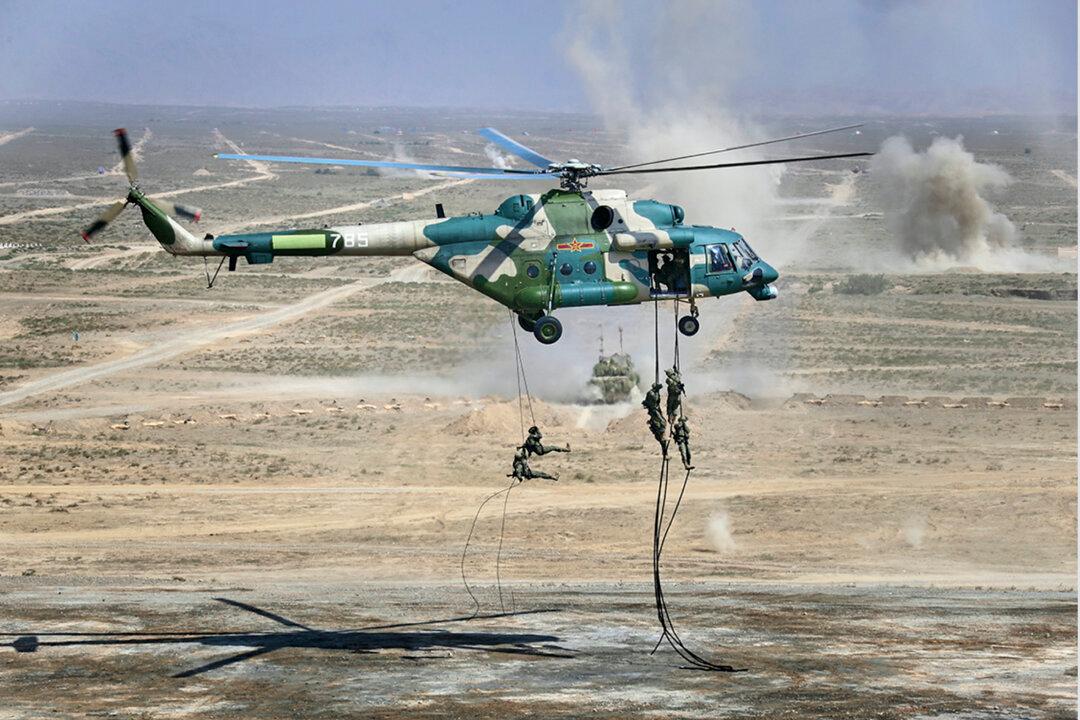MOSCOW—Russia said Monday it will launch military drills in the country’s east that will involve forces from China—a show of increasingly close defense ties between Moscow and Beijing amid tensions with the West over the Kremlin’s action in Ukraine.
The Russian Defense Ministry said that the Vostok 2022 (East 2022) exercise will be held Sept. 1–7 in various locations in Russia’s Far East and the Sea of Japan and involve more than 50,000 troops, over 5,000 weapons units, including 140 aircraft and 60 warships.





